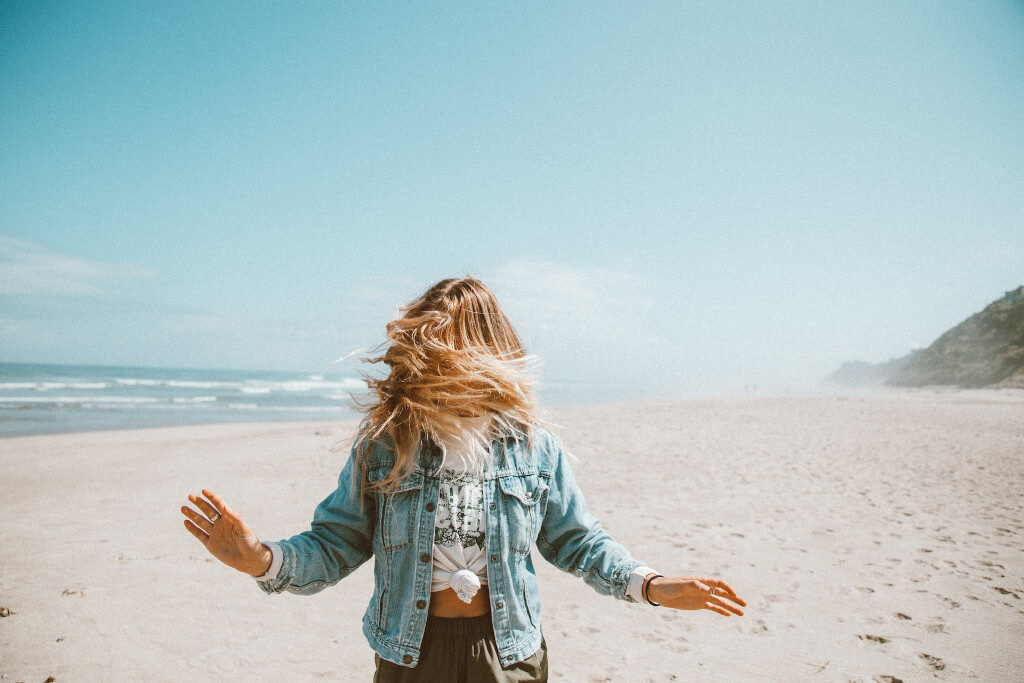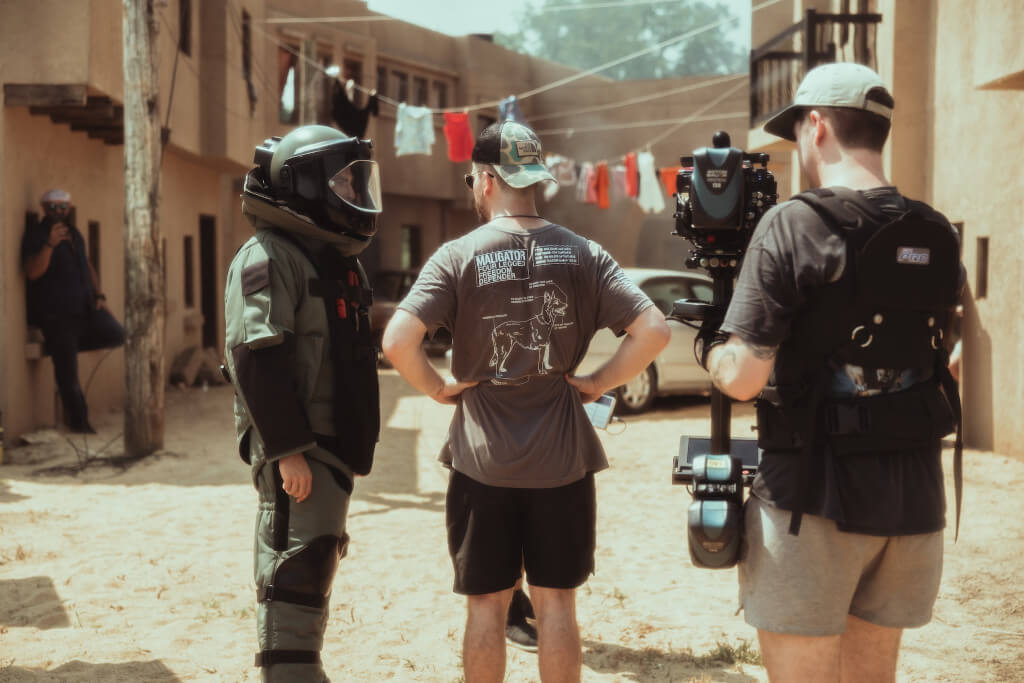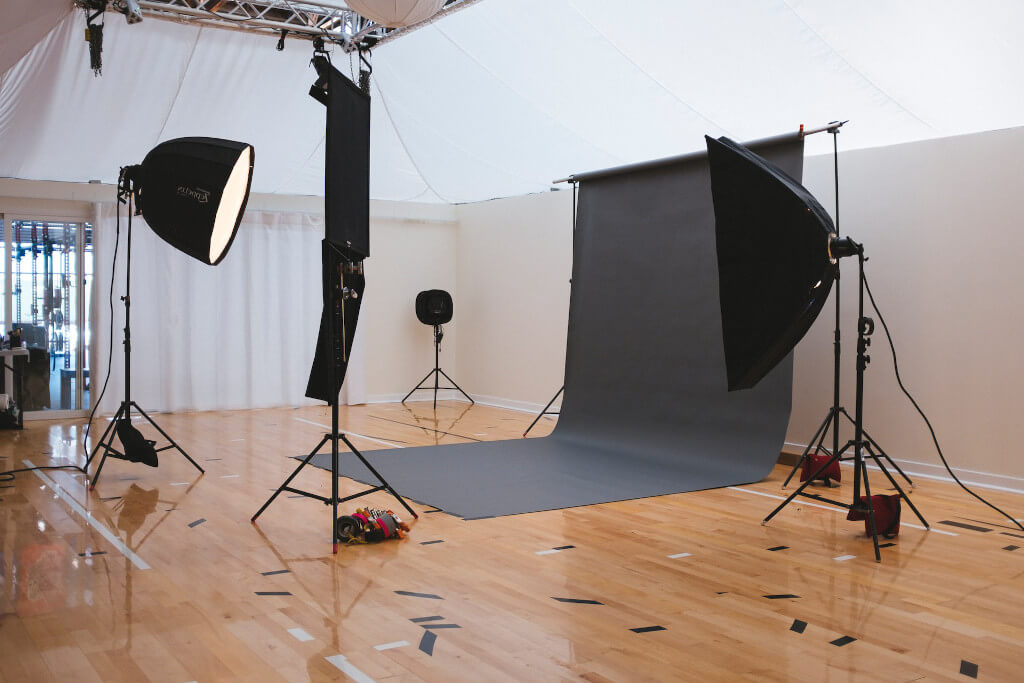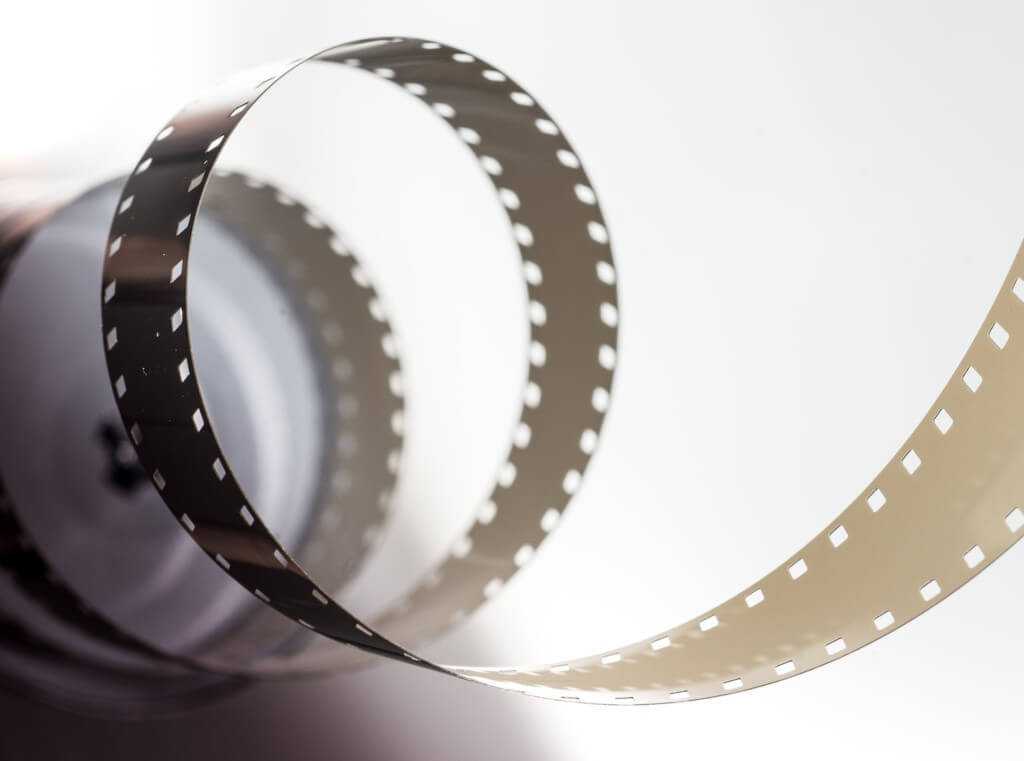Who doesn’t adore a beautiful sound stage where the crew has complete control over every aspect of the production?
However, if you work in production for a sufficient amount of time, you will eventually encounter a project that requires shooting outside despite the adverse weather conditions. In addition, the components cannot be controlled under any circumstances. The question now is, how do you interact with them? When it involves dealing with inclement weather on sets, you have two primary concerns: first and foremost, the protection of your crew and cast, and second and most importantly, the protection of your gear.
If you work in this field for a significant amount of time, you will inevitably face a variety of adverse weather conditions; therefore, it is important to be aware of how to safeguard yourself and your property from those conditions.
Selecting Locations to avoid Areas of Extreme Weather
Before we delve into the various unpredictable weather situations, let’s first confront the obvious question: Why would you decide to film in such challenging conditions, to begin with? To start, it’s not even likely to be your choice in the first place.
It’s possible that doing so is required by the finances. The script may require it. Whatever the situation is, it is your responsibility to work according to what the endeavor calls for as long as you keep reasonable standards in mind.
As was mentioned earlier, safety is the priority; therefore, you are required to leave a production if you believe that it is not employing the necessary precautionary measures that are specific to filming in adverse weather; however, we will discuss this topic in greater detail in a moment.
Secondly, filming inside a sound stage, which protects actors from the elements, still leaves room for other complications. More work will need to be done to reconstruct scenes that require particular conditions or backdrops, such as thunderstorms, which will cost a fortune. A production will probably select an actual location with the preferred elements irrespective of the underlying problems that may come along with it because they are more concerned with validity and budget than with the potential for additional difficulties. The question now is, what exactly are those complications?
Some Pointers for Shooting in Extremely Cold Conditions
Drink Plenty of Fluids
Many individuals have an instinctive understanding that when they are outside in warm temperatures, they must drink more liquids that can help them stay hydrated, but this piece of guidance is equally crucial when the temperature drops below freezing.
Because colder climates tend to be drier than warmer climates, the danger of becoming dehydrated while working in these environments is greater. Ensure that everyone, from the person with the top billing to the final member of the crew, is getting the appropriate amount of fluids that will keep them hydrated. If it is necessary, add a timetable to the call sheet that specifies when everybody should take a water break so that they can remain adequately hydrated.
Put on Your Safety Equipment
Do not undervalue the importance of wearing winter clothing. Put on as many layers as you can, as this will assist your body to keep its heat. It is equally important to wear protective clothing for one’s extremities, such as one’s feet, hands, and ears because these parts of the body are frequently the first to experience problems brought on by the cold weather. You should, however, also consider purchasing safety equipment in case an incident does occur. Slipping and falling on a slippery pathway or set, not to mention the need for medical treatment to treat any injuries that may have been sustained.
Keep the Batteries Safe
Batteries and intense colds are sworn enemies. Warning: if you aren’t cautious, the cold will almost always prevail. Take precautionary measures to ensure that your shoot will go off without a hitch so that you won’t end up with a dead battery on your hands.
Hold your batteries in a warmed area when you aren’t using them, such as in a car or even a backpack with some heat packs. This will prevent the batteries from losing their charge. If neither of those alternatives is feasible, you should wear them so that your body temperature can shield the items from the cold.
Some Pointers on How to Shoot in the Rain

Even if you are not shooting in temperatures below freezing, you must still be aware of the possibility of precipitation, with rain being the most likely form. In light of all of this, what are the details that you need to be conscious of at this time?
Wear Water Resistant Gear
Having your crew and cast attempt to finish a shoot while wearing wet clothing is not only going to be uncomfortable for them, but it could also be risky. Particularly quickly leading to wounded skin, hypothermia, and other complications are wet socks. Therefore, you should ensure that you have the required equipment on hand.
This means that there should be plenty of clean, dry socks available for your cast and crew to modify when they see fit. However, if you are going to be filming in a wet location, you should provide your crew and cast with water-resistant hats, windbreakers, and towels to keep them dry and comfortable. Even though your cast might not be capable of wearing this gear when they’re actively filming a scene, you can still safeguard them by possessing tents or trailers on set so that they can stay away from the elements when they are not working on a scene. Protect your apparatus with the appropriate shielding.
Your Equipment Should Also Be Waterproof
Use barricades and other preventative facilities that will keep your camera and other gear dry in rainy conditions because you do not want water to damage the quality of your equipment. If viable, set up tarpaulins or umbrellas to protect your apparatus so that rain doesn’t damage it.
Remember to Take These Additional Safety Measures
Your equipment must be protected from the rain. However, bear in mind that if you move your equipment from one temperature to another too rapidly, this can also lead to the harm done to the equipment.
If you keep moving your equipment too quickly from a dry storage site to a humid shooting location, you face the possibility of moisture building up on it, which at best would then postpone your capacity to utilize it and at worst may irreparably damage your camera or other equipment. You can avoid this problem by gradually exposing your equipment to climates that differ significantly from one another. Before you begin shooting with it, give it some time to adjust to the conditions.
Shoot Days in Windy Conditions
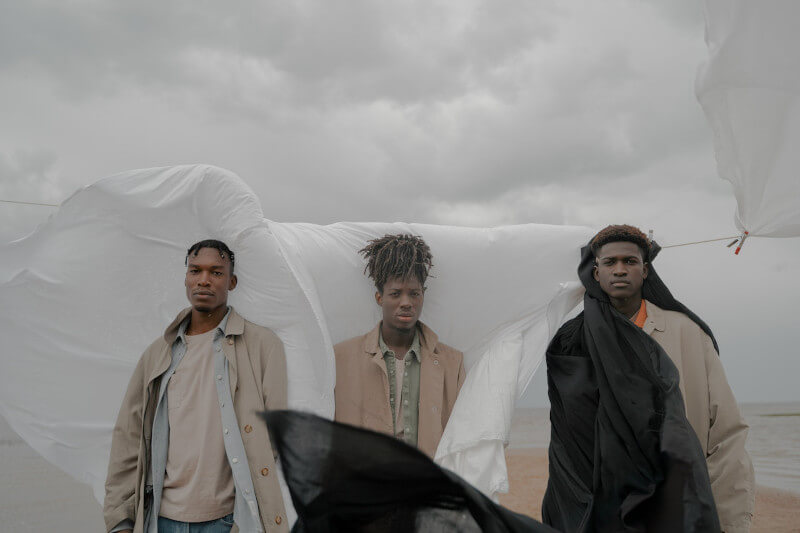
You won’t have to worry about the rain or the cold, which is fantastic news. But what happens if you are attempting to film in a location that has a lot of wind? The wind may seem like more of an annoyance than a real danger to your shoot, but there’s no doubt about it: if you don’t take the required precautionary measures, it can turn out to be a disaster for your shoot.
Even a random wind gust can prompt an item of equipment to topple over or take flight, immediately turning it into a potentially lethal weapon for anyone who happens to be in its route. As is the case with slips and falls on slippery patches, the last thing you would like is for a person on the crew or cast to be struck by the aforementioned piece of gear.
Therefore, if you are going to film in windy weather, you should secure everything that can be secured, including your camera stand, lights, crafty tables, and more. Sandbags and cable ties are your allies in this situation; therefore, make liberal use of them to ensure that nothing shifts from the precise location where it has been placed.
Filming in Extremely Hot Conditions
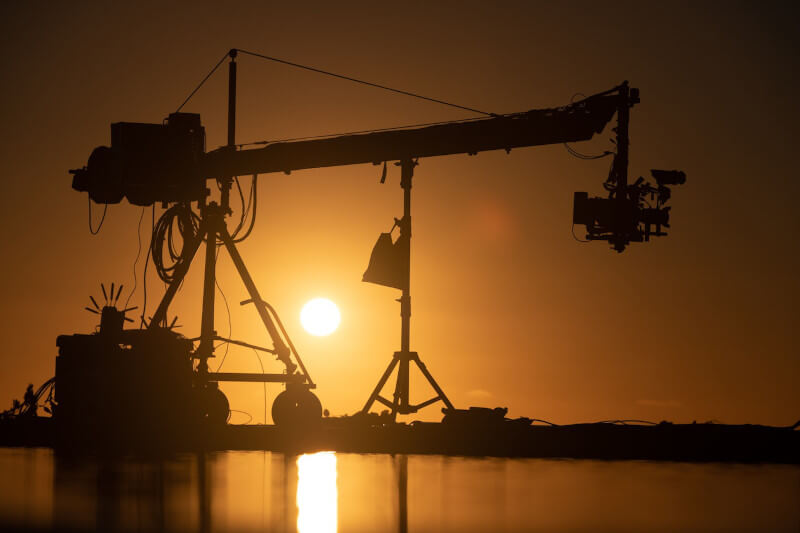
Even if the call sheet indicates that it will be a hot day for shooting, it is still important to ensure that everyone on set is fully protected from the high temps and any problems that may arise as a result of them.
Again, Drink Plenty of Fluids
Yes, this piece of advice really can’t be emphasized enough. Even though several conditions can be brought on by heat, such as overheating or heat exhaustion, dehydration is something that can be easily avoided as long as the cast and crew make sure to stay hydrated. So you should remind them!
Put on Your Protective Clothing
When surface temps skyrocket, it might seem counterproductive to cover up, but doing so is necessary. If you don’t provide your cast and crew with safety clothing, you run the risk of them getting sunburned or experiencing other injuries that could have been avoided. This could turn into a major headache for you.
Invest in ultra-light protective clothing for your crew, particularly those members who are expected to be working outside in extreme heat for extended periods. This clothing should be breathable enough to allow sweat to escape while also acting as a barrier between their skin and the sun.
Provide Locations for Cooling Off
If your cast and crew aren’t given the chance to cool off sporadically while you’re shooting, they could quickly develop health problems even though they have access to plenty of fluids and are wearing protective clothing.
You can hire trailers for your cast members, and encourage them to use them whenever possible so that they can get some relief from the heat. If motorhomes are not within your financial means, you should make sure to provide fans and marquees for everyone working on the shoot so that they have a way to get out of the direct sunlight when it becomes necessary. Washcloths that have been cooled in the refrigerator are another option for offering much-needed relief in situations where there is no access to air conditioning.
To Summarise
On sets, it’s just a part of the production life to have to worry about the weather. It is impossible to deal with it properly by simply putting your hands over your eyes, crossing your fingers, and praying for the best. So prepare for this situation. If you need assistance in the production process to schedule for bad weather days and ensure you are ready for it, visit this page.

